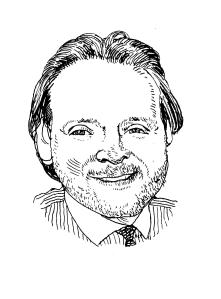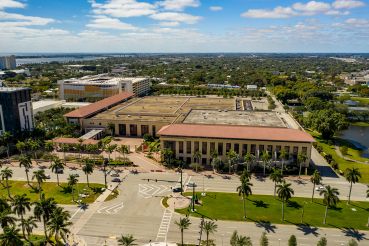 Editor’s note: Concrete Thoughts is a new weekly column for The Commercial Observer by Robert Knakal, chairman of Massey Knakal, a leading New York investment-sales firm. This is the first column.
Editor’s note: Concrete Thoughts is a new weekly column for The Commercial Observer by Robert Knakal, chairman of Massey Knakal, a leading New York investment-sales firm. This is the first column.
For nearly 18 months now, one of the hottest topics of discussion in commercial real estate has been the status of delinquent loans and distressed properties. In the New York City investment sales market, we have seen both property values and the volume of sales plummet from their peaks. In terms of value, we have observed increases in average capitalization rates of as little as 110 basis points for multi-family properties to as much as 325 basis points for office and retail properties. These cap rate increases correspond to price reductions of between 20 percent and 60 percent depending on product type.
If we look at the volume of sales, activity in 2009 is off its peak by over 75 percent in terms of the number of properties sold and down over 90 percent in terms of aggregate sales price. The difference between these two percentages shows that the trend has been towards smaller transactions as those are more likely to obtain financing. Community and regional banks have remained active throughout the credit crisis, particularly in the multifamily sector. Unfortunately, the shadow banking system has evaporated, causing significant stress in the debt markets for larger assets. The CMBS market, for example, produced $230 billion of transactions in 2007. Since July of 2008, this number has been $0.
This drop in value, accompanied by extraordinarily low levels of volume and weak debt markets, has created dynamics from which a tsunami of distressed assets is anticipated to wash over the market. In 2005, 2006 and 2007, there were a total of $109 billion of investment property sales in New York City. We have estimated, based upon the composition of those sales, that approximately $80 billion of that total was invested in about 6,000 properties which currently have negative equity balances. If we add to this an estimate of the number of property owners which took advantage of cheap debt available at high loan-to-value ratios, this total grows to 15,000 investment properties which likely have negative equity today.
Clearly, not all of these properties will come to the market in the form of distressed notes or foreclosure sales as there are a number of owners who have the ability to carry their debt and have the desire to hold the assets long-term.


